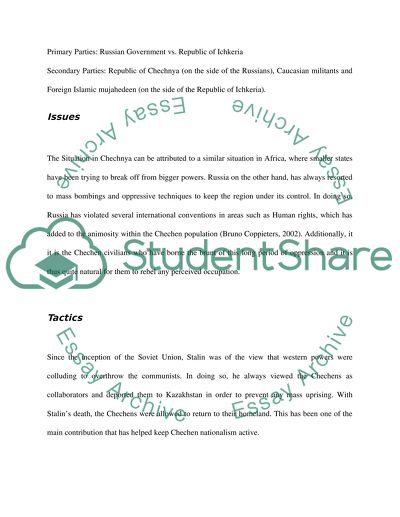Framework for conflict analysis Essay Example | Topics and Well Written Essays - 500 words. Retrieved from https://studentshare.org/miscellaneous/1557856-framework-for-conflict-analysis
Framework for Conflict Analysis Essay Example | Topics and Well Written Essays - 500 Words. https://studentshare.org/miscellaneous/1557856-framework-for-conflict-analysis.


